
Idle animations are the small movements characters make when you’re not actively playing, and the best games use them to show off personality and attention to detail. These little touches – like a character tapping their foot or performing a funny routine – can add to the game’s world, show how a character is feeling, or even unlock hidden features. Here are some great examples from different types of games, including platformers, fighting games, RPGs, and open-world adventures. We’ll also explain what each animation does and why it’s memorable.
‘Sonic the Hedgehog’ (1991)
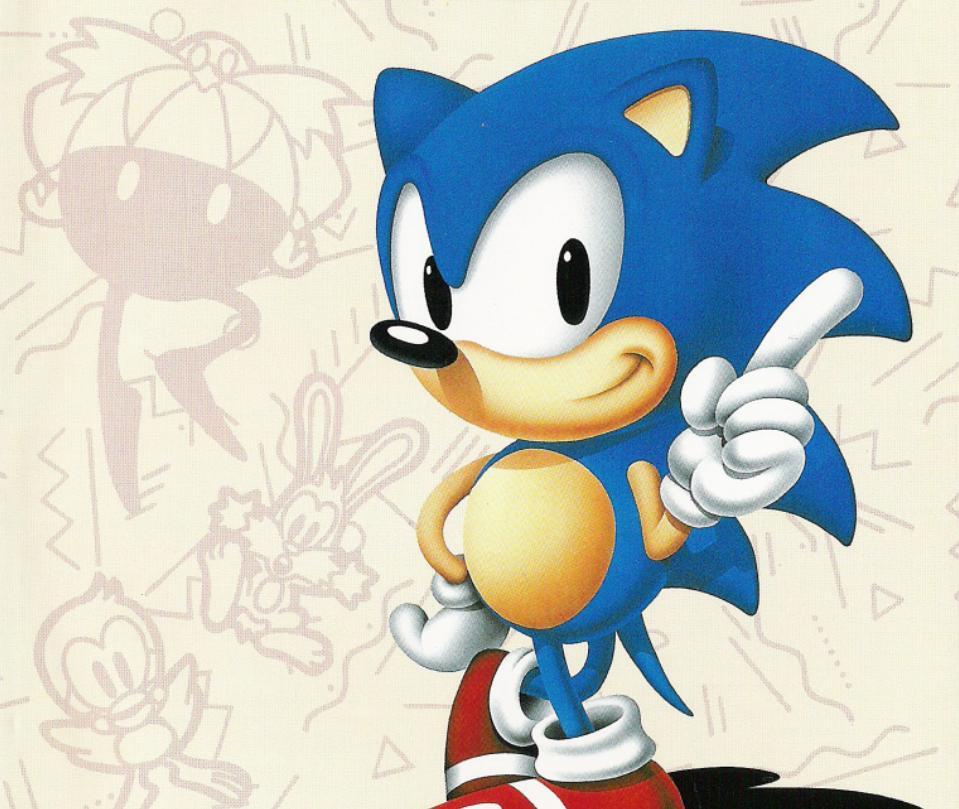
Sonic the Hedgehog games, created by Sonic Team and published by Sega, feature a memorable animation: if you stay still for a few seconds, Sonic will look at you as if to say, “Keep moving!” This playful nudge encourages players to maintain the fast-paced gameplay the series is known for. It’s a simple detail that became a beloved tradition, appearing in various forms throughout the Sonic franchise.
‘Sonic CD’ (1993)

This Sonic CD game has a unique feature: if you don’t play for a little while, Sonic will actually jump off the screen! After being left alone for a few moments, he’ll look at you and then run away, forcing the level to restart. It’s a clever way to encourage fast-paced gameplay, and you can see it happen on most levels. The timing is fixed, so it’s predictable once you know about it.
‘Earthworm Jim’ (1994)
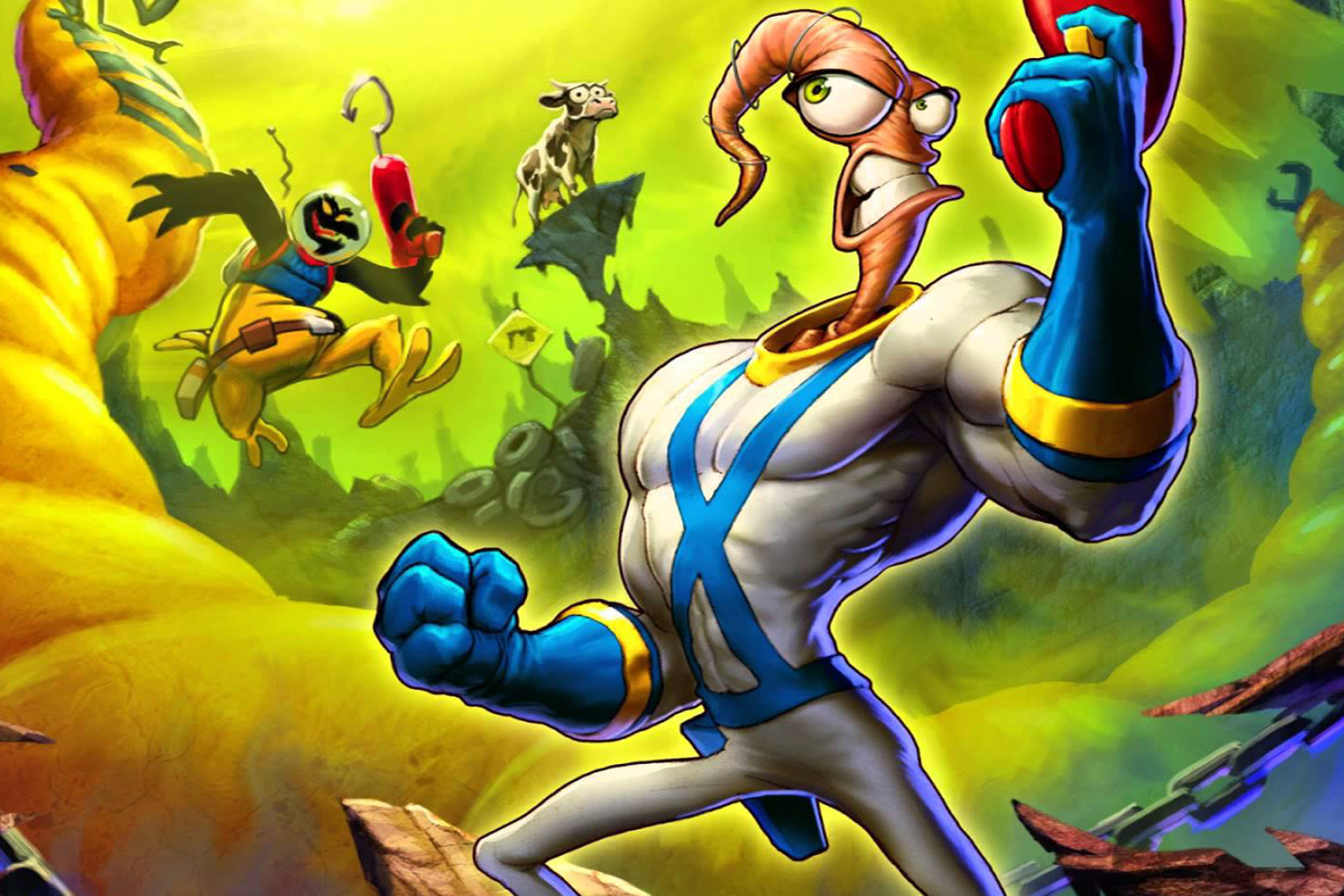
This platformer game, created by Shiny Entertainment and published by Playmates Interactive, is full of funny, silly animations when Jim isn’t actively playing. He might strum himself like a guitar, lasso his worm-like body, or even play with his blaster, and these animations change the longer you watch them, adding a surprising amount of detail for a game from that time. While these animations don’t affect gameplay, they were a key part of the game’s marketing, highlighting its humorous style.
‘Donkey Kong Country’ (1994)

Developed by Rare and published by Nintendo, this game features detailed character animations even when the characters aren’t moving. Donkey Kong and Diddy Kong each have unique ‘idle’ animations – Donkey Kong drums, while Diddy Kong plays with his hat – and these change depending on who the player is controlling. These subtle movements help show each character’s personality and role without needing extra on-screen displays. Because the animations loop quickly, you’ll see them often while carefully navigating the levels.
‘Rayman’ (1995)
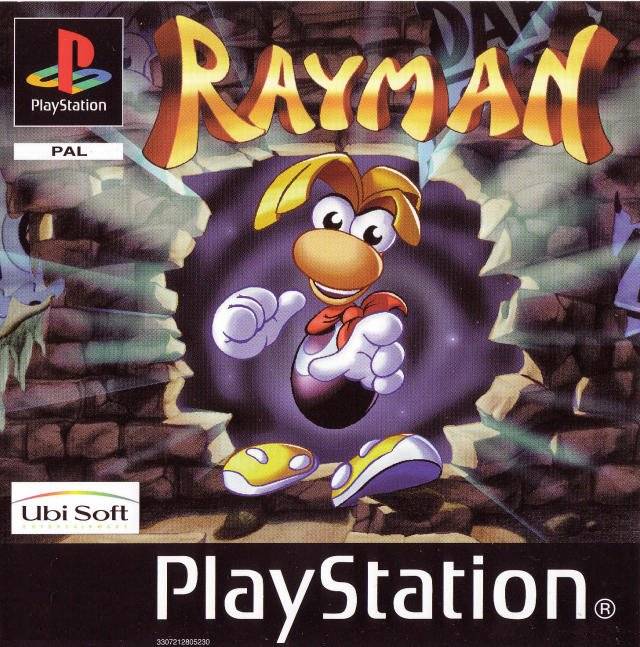
This side-scrolling game, created and published by Ubisoft, features a charming idle animation of Rayman. When left alone, he crosses his arms, stretches, and looks around. Because he doesn’t have arms and legs, his stretchy movements are very clear and add to the game’s cartoon style. The animation is also remarkably smooth for a 2D game from the mid-1990s. No matter where you are in the game, Rayman’s idle animation stays the same.
‘Super Mario 64’ (1996)
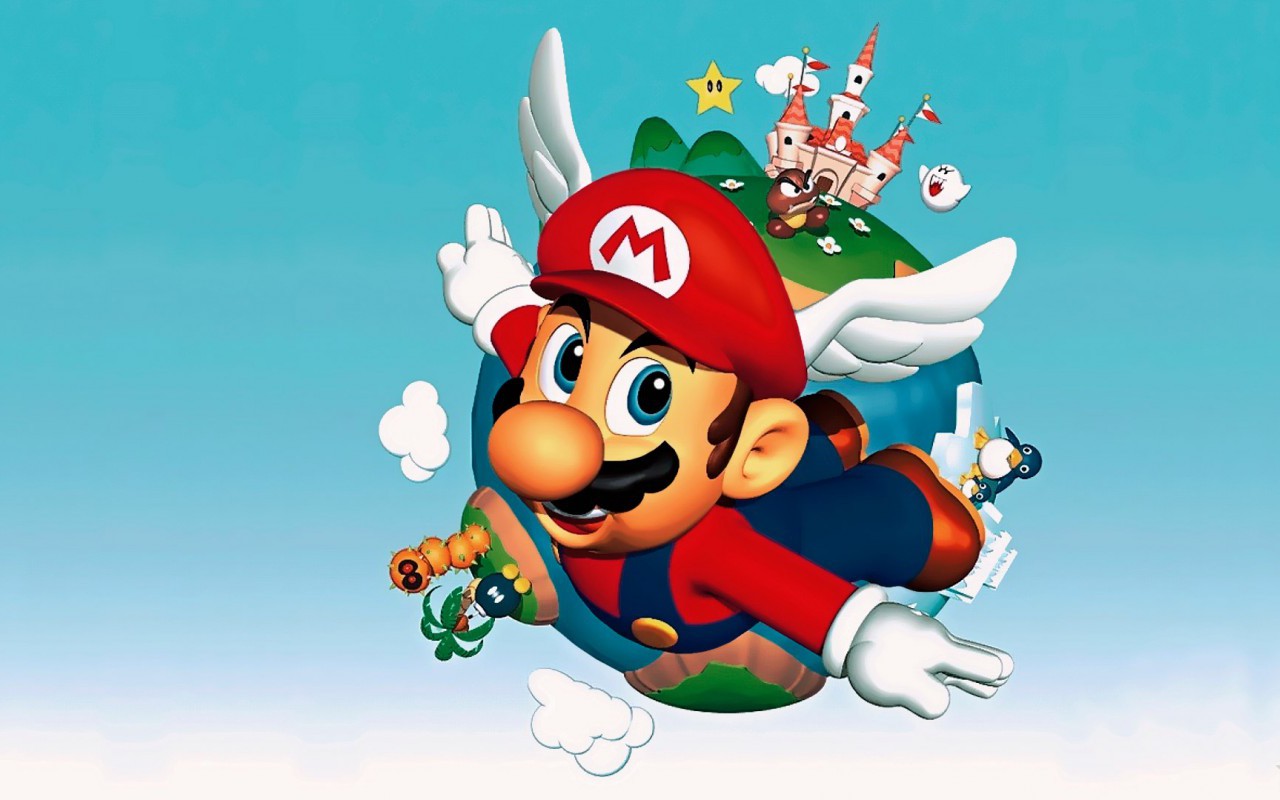
Developed and published by Nintendo, this game features a memorable moment where Mario will eventually sit down and fall asleep if left alone for a bit. He even murmurs about his favorite foods, spaghetti and ravioli, accompanied by a detailed sleep animation. Simply moving the control stick will wake him up, and this playful scene doesn’t impact gameplay. It’s a charming detail that highlights the game’s lighthearted nature and focus on Mario’s personality within its new 3D world.
‘Crash Bandicoot’ (1996)
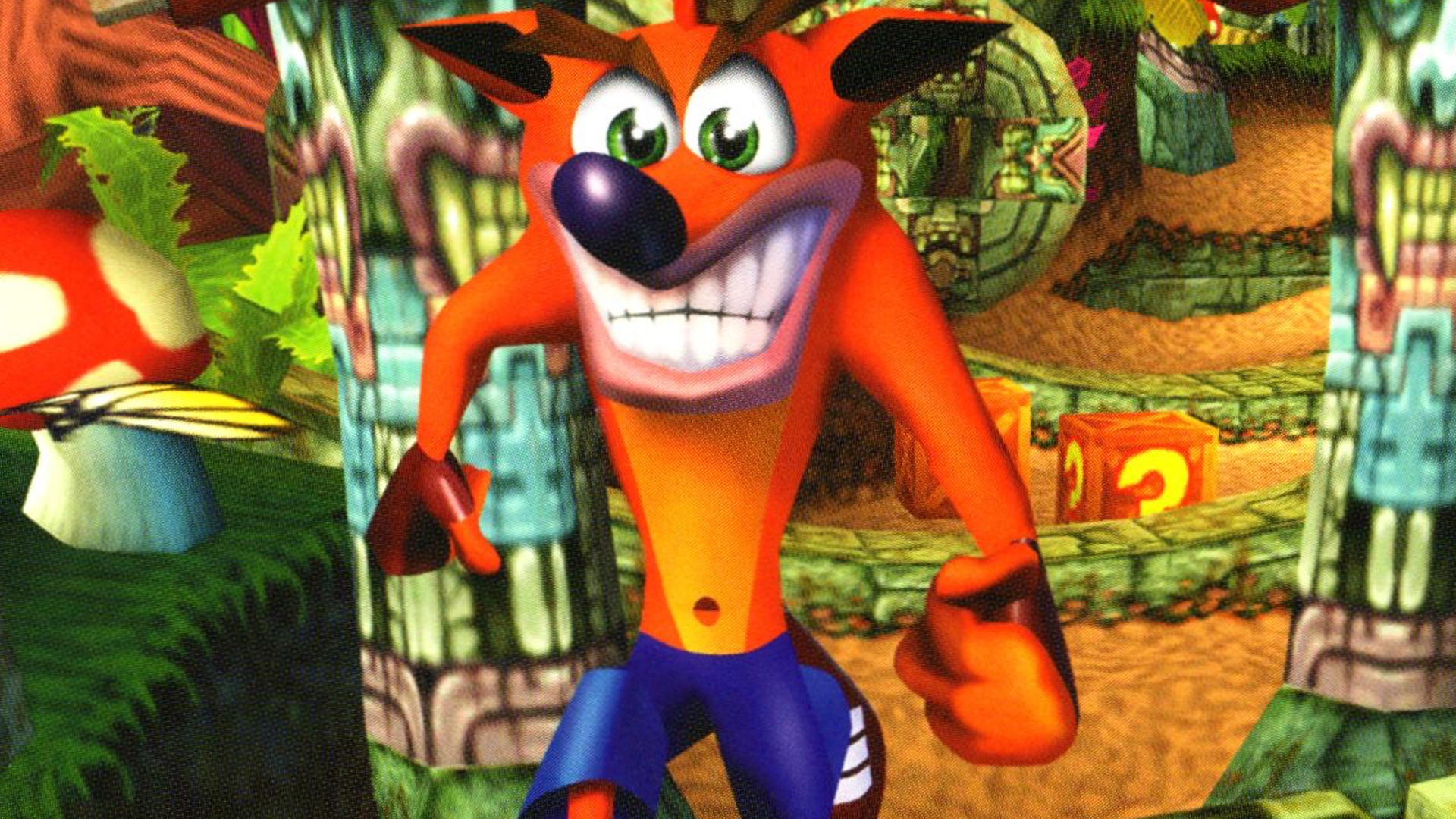
This platforming game, developed by Naughty Dog and published by Sony, features Crash Bandicoot performing amusing animations when left alone for a bit. He might yawn, scratch, or do a silly dance. While the exact animation changes from game to game, the first game’s idle sequence immediately showcases Crash’s energetic and unpredictable personality. Shorter periods of inactivity trigger small movements, while longer waits result in more elaborate routines. These moments of downtime not only add to the game’s comedic, over-the-top action, but also help to flesh out Crash’s character.
‘Banjo-Kazooie’ (1998)

I love how Banjo and Kazooie just feel like a team, even when they’re just hanging out. Banjo will often doze off, and Kazooie gets all restless in the backpack – it perfectly shows their personalities without them even saying a word! It’s neat how they subtly switch who’s ‘in charge’ of the little animation, and you can watch it repeat a few times without getting bored. It’s a small detail, but it really adds to the game’s charm and how much I connect with these characters.
‘Spyro the Dragon’ (1998)
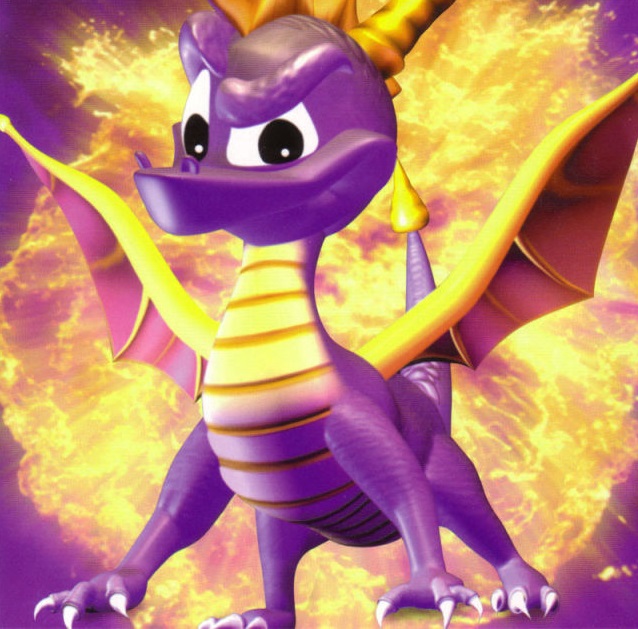
Insomniac Games created this vibrant platformer, published by Sony, and brought Spyro to life with charming details. When Spyro isn’t actively playing, he’ll thoughtfully scratch his head, puff out little clouds of smoke, and chase butterflies – small touches that show off his playful and inquisitive personality. The game world feels truly alive thanks to detailed animations; nearby creatures go about their business independently, and the camera angles make even quiet moments of exploration visually interesting.
‘Street Fighter III: 3rd Strike’ (1999)
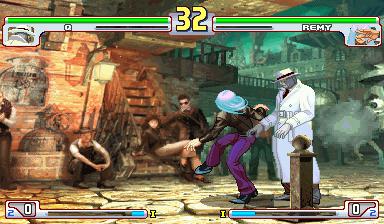
This fighting game, created by Capcom, is notable for its detailed character animations when players aren’t actively fighting. Each character has a unique ‘idle’ pose that shows off their personality and fighting style – they subtly move, breathe, or prepare to defend. Makoto’s energetic stance and Dudley’s calm guard are particularly well-done. These animations aren’t just for show; they’re full of detail and help players easily understand the range of each character’s attacks when they’re both standing still.
‘Jak and Daxter: The Precursor Legacy’ (2001)
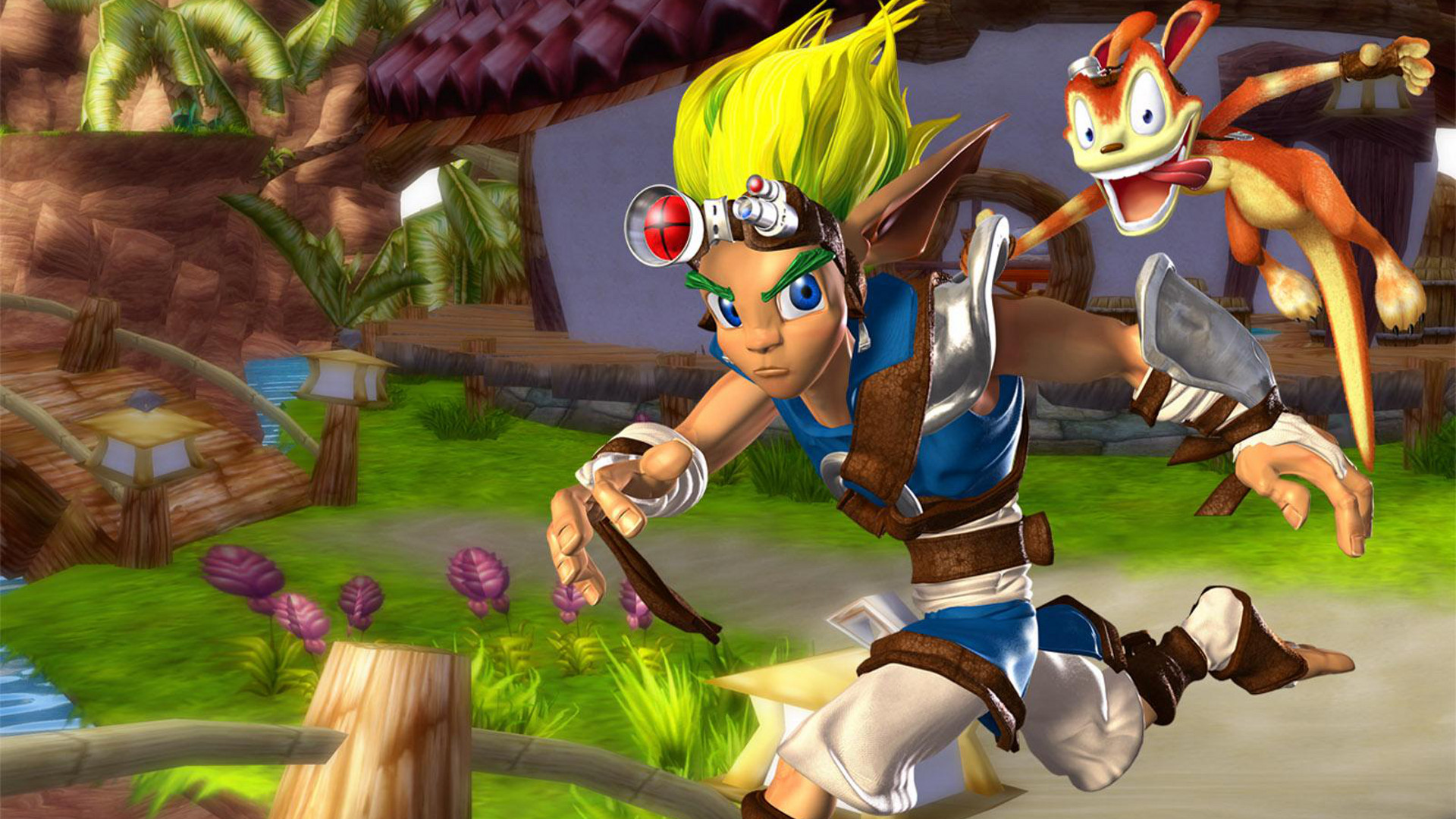
This adventure game, created by Naughty Dog and published by Sony, features Jak stretching and Daxter making funny comments or reacting to things when the game isn’t actively being played. These small animations add personality to the characters between jumping and running sections. Waiting a bit longer can even unlock extra jokes, encouraging players to explore without hindering their progress. It’s a nice evolution from the simple idle animations of older platforming games, offering more developed character moments.
‘The Legend of Zelda: The Wind Waker’ (2002)

The latest game, developed and published by Nintendo, features a charming, cartoon-style look. The main character, Toon Link, appears more lifelike thanks to subtle animations – he blinks, shifts his weight, and his eyes follow things around him when he’s not actively playing. This detailed facial animation makes it easy to see his expressions even from far away. These small movements aren’t just for show; they also subtly point players towards objects they can interact with, encouraging exploration without relying on on-screen instructions.
‘Ratchet & Clank’ (2002)
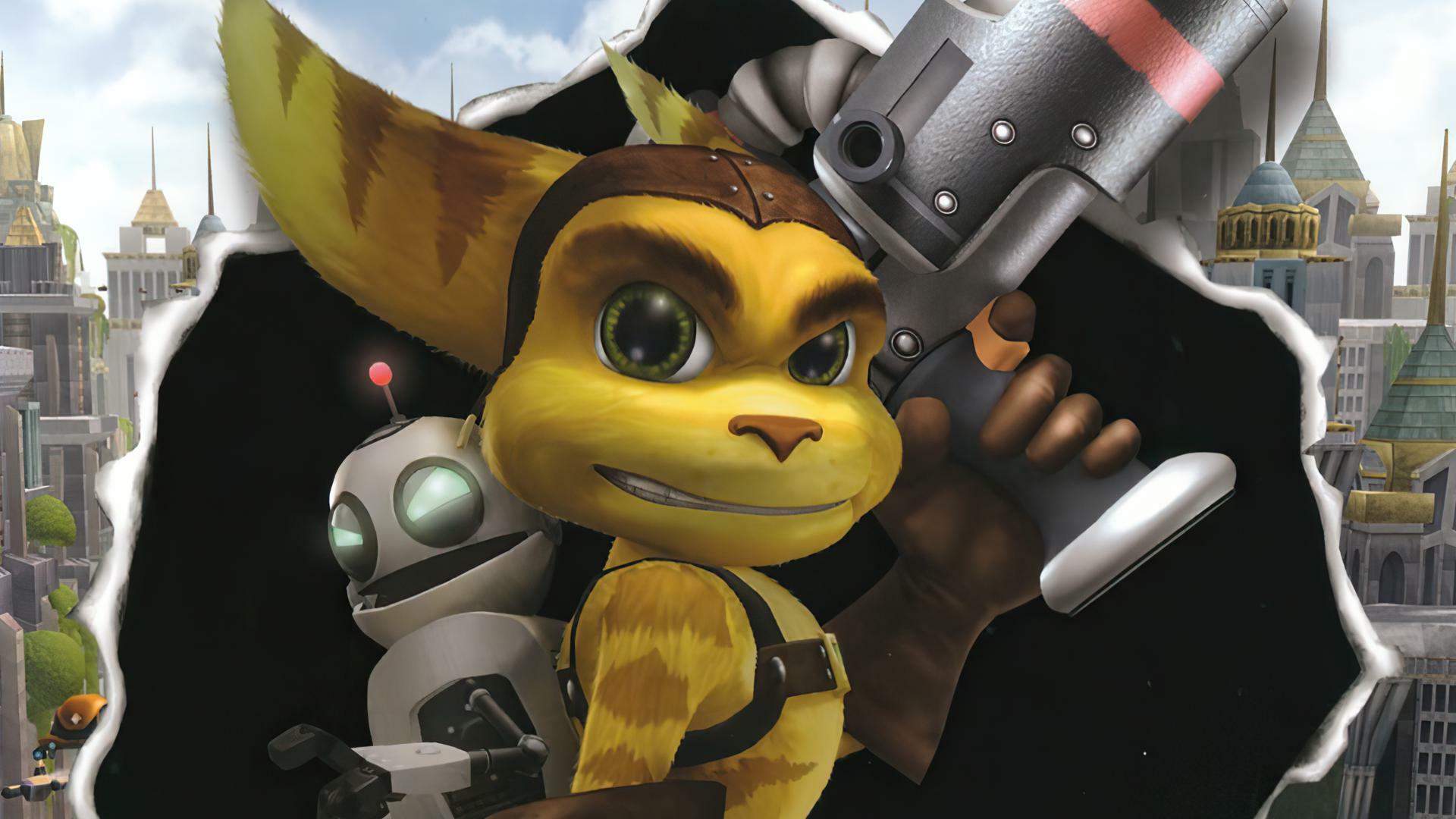
This action-platformer, created by Insomniac Games and published by Sony, features Ratchet playfully spinning his wrench or looking at his robotic companion, Clank, when the player isn’t actively playing. Ratchet’s idle animations even change slightly depending on the weapon equipped, highlighting the importance of tools in the game. These small details add personality to Ratchet and Clank’s relationship and help keep the game visually interesting during quieter moments, especially while exploring hub areas.
‘Kingdom Hearts’ (2002)
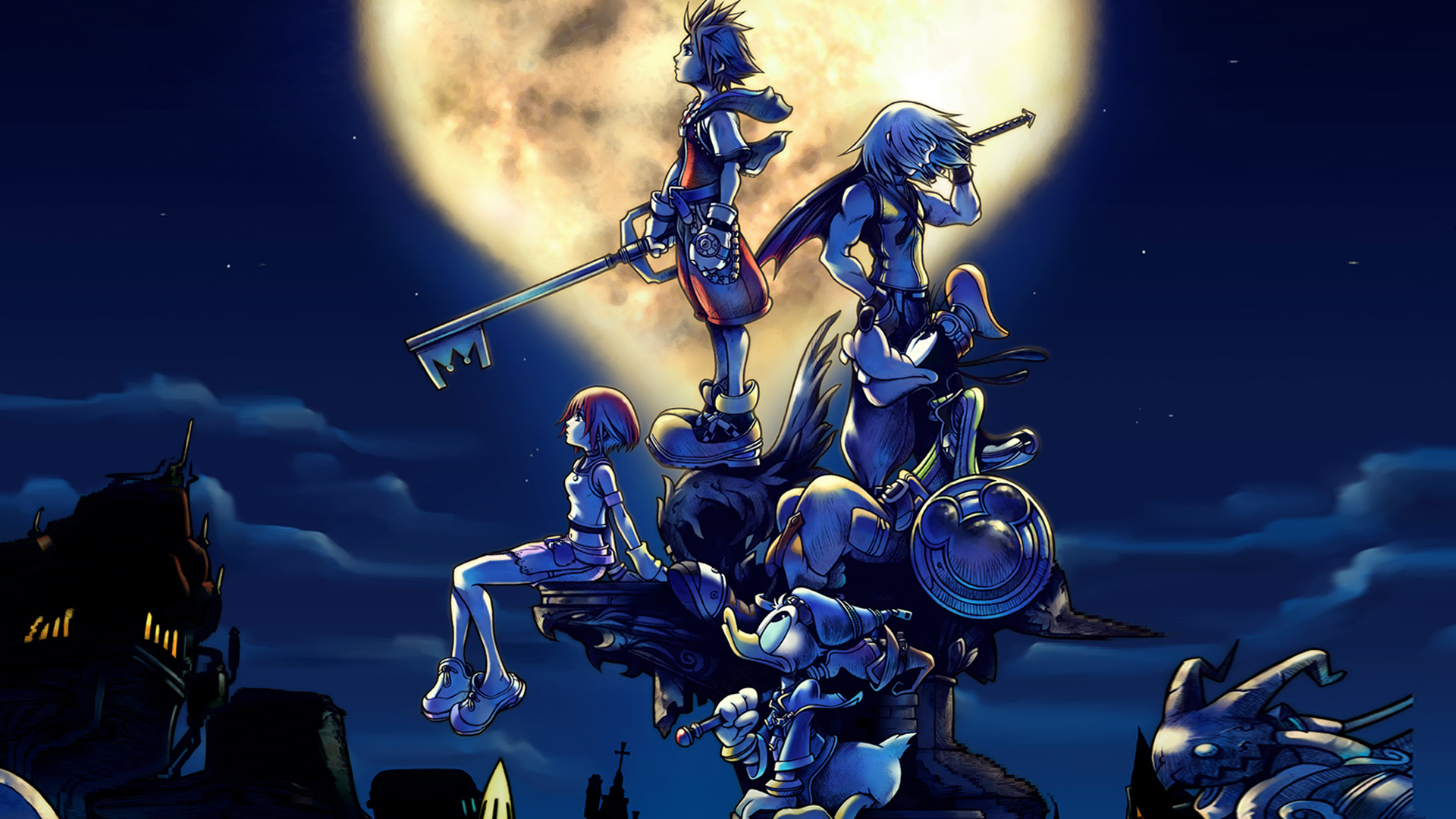
This game, created and published by Square (now Square Enix), features unique idle animations for each character. Sora subtly moves while Donald and Goofy have their own distinct animations, quickly showing players their roles in battle. These animations play even when exploring towns and fields, helping to create a seamless and immersive world. While they don’t affect gameplay, these details enhance the charming blend of Disney and Square Enix characters.
‘LittleBigPlanet’ (2008)
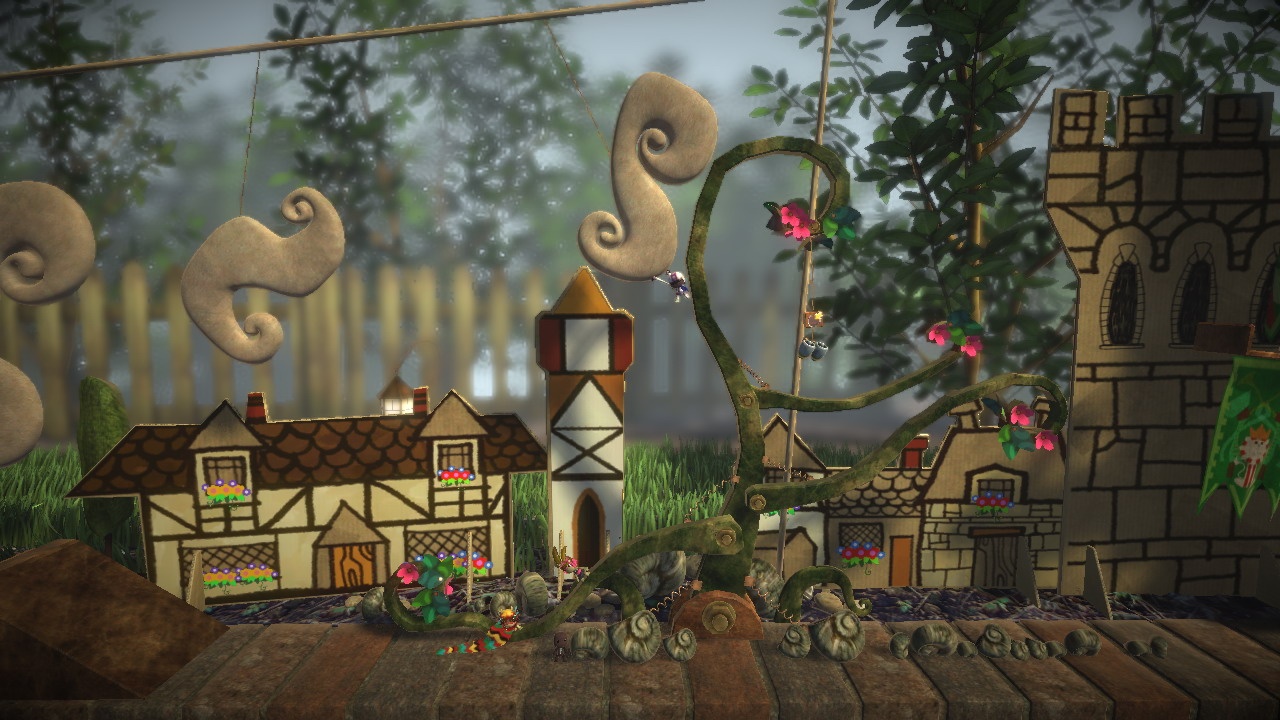
Media Molecule created, and Sony published, this game where you play as Sackboy, a character who reacts realistically to the game world. He’ll slump when idle, look around curiously, or wobble on edges, all thanks to a clever animation system. These animations are designed to be subtle so they don’t pull focus from the levels players create, and they work seamlessly with Sackboy’s expressive emotes, letting players personalize their experience.
‘Ori and the Blind Forest’ (2015)
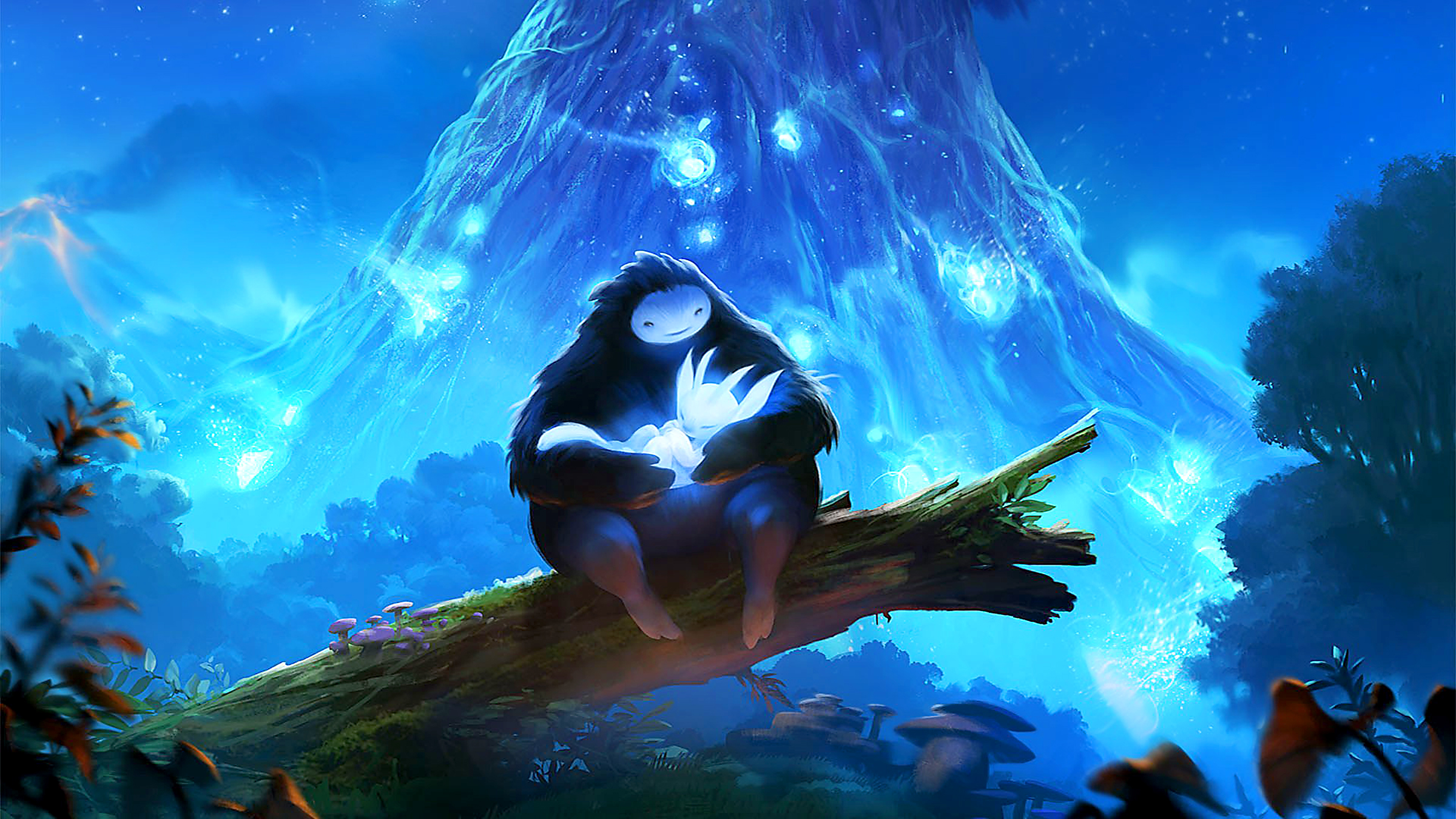
Ori, the metroidvania game created by Moon Studios and published by Microsoft Studios, features a remarkably lifelike idle animation. While stationary, Ori subtly breathes, twitches its ears, and sways its tail, creating a sense of delicate vulnerability that contrasts with the perilous world around it. The animation is enhanced by soft lighting and particles, making Ori feel fully integrated into the beautifully painted environments. It’s a small detail that really showcases the game’s artistic style.
‘The Witcher 3: Wild Hunt’ (2015)
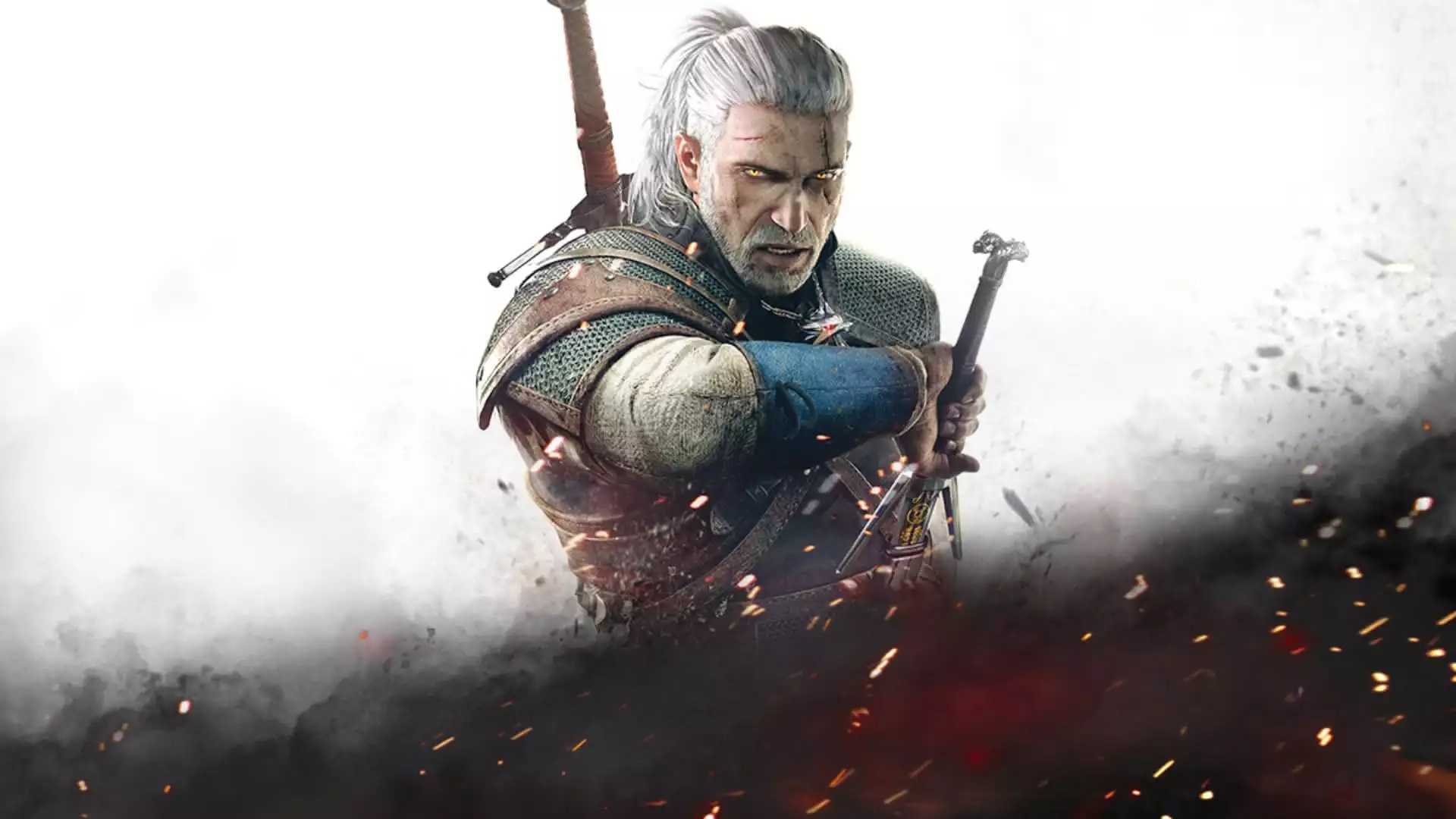
CD Projekt Red created and released this expansive role-playing game, focusing on realistic details. The main character, Geralt, subtly changes his stance, weapon grip, and even breathes visibly when it’s cold. His horse, Roach, also appears lifelike with small movements like ear twitches and hoof stamps. The changing weather and time of day add to this realism, preventing the game world from feeling stale. These subtle animations make both conversations and exploring the world feel more natural and immersive.
‘The Legend of Zelda: Breath of the Wild’ (2017)
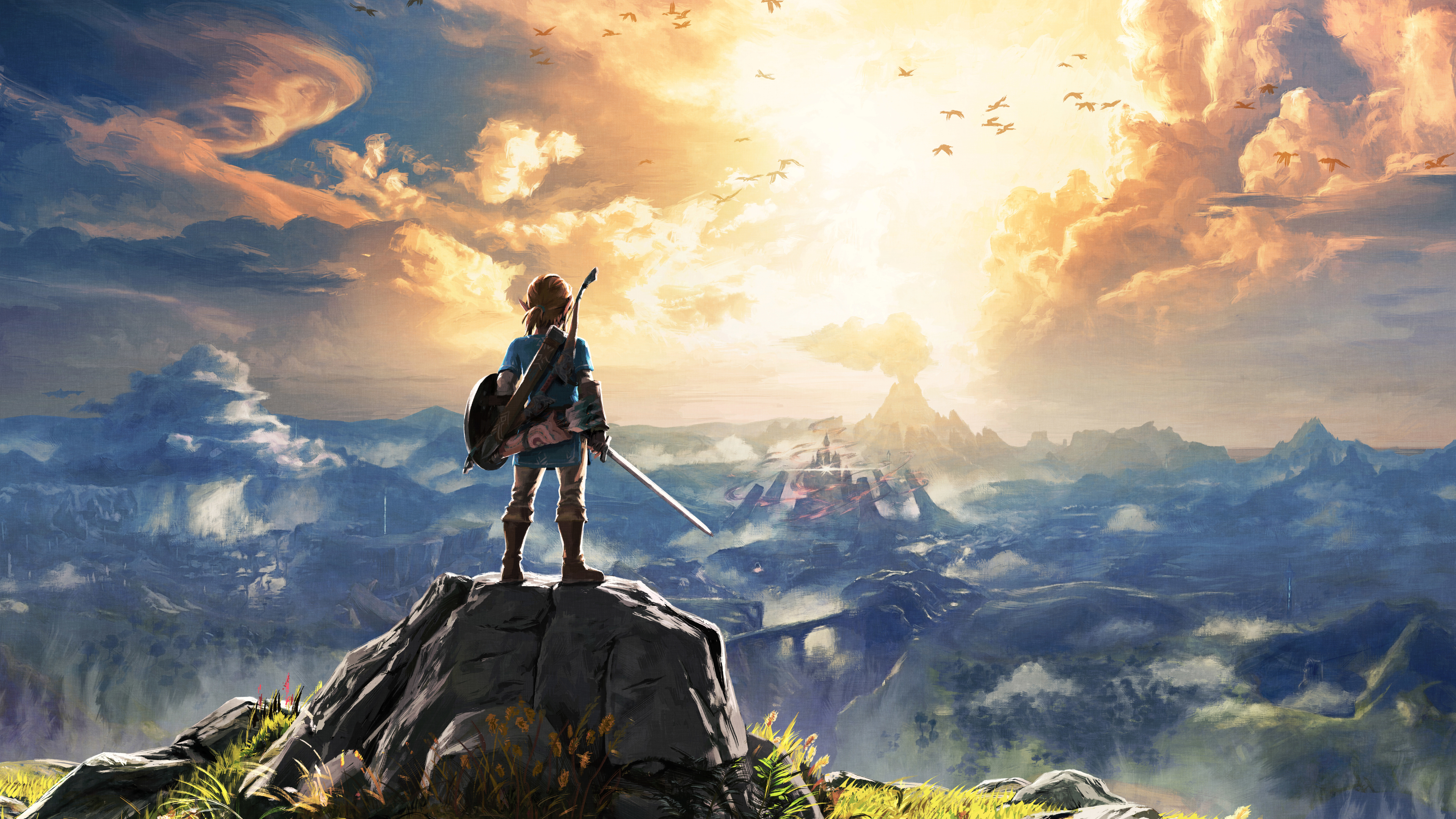
In this new open-world game, Link reacts to his surroundings – he’ll shiver when it’s cold and fan himself when it’s hot. He even subtly adjusts his equipment while standing still. These realistic animations show you the environment’s effects without needing a lot of on-screen menus, and they work with the clothes Link is wearing to quickly show how well he’s prepared for survival. The animations return to normal as soon as you start moving or take an action.
‘Cuphead’ (2017)

Cuphead, created by Studio MDHR, is a fast-paced action game inspired by classic 1930s cartoons. It features charming animations – like the character bouncing and subtle finger-gun clicks when idle – that are perfectly timed to the music. Even the bosses have unique little animations that hint at their attacks. This consistent animation style makes the game feel lively and in sync with the beat, even when you’re not actively playing.
‘Red Dead Redemption 2’ (2018)
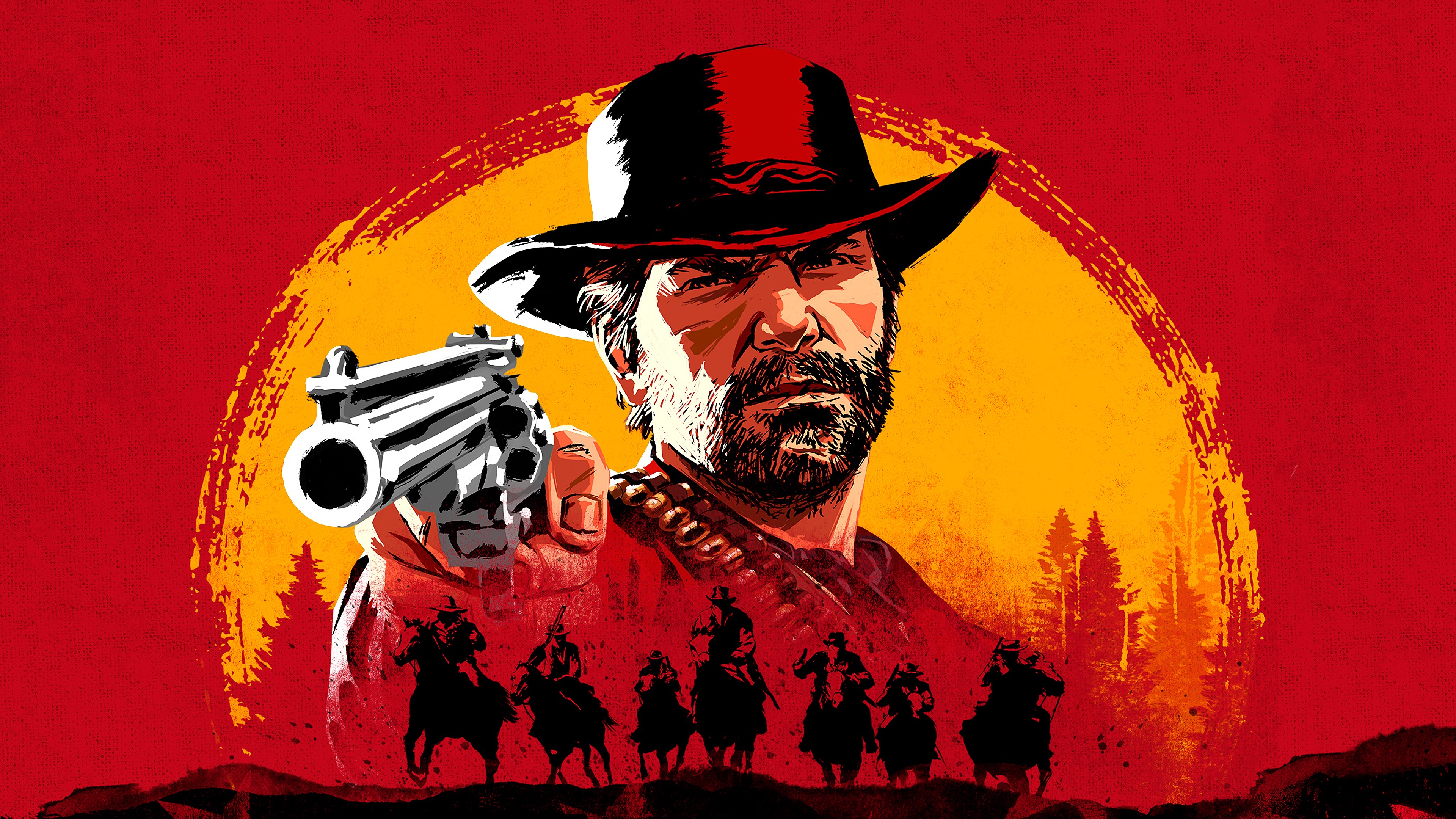
Rockstar Games created a remarkably detailed open-world experience, bringing life to Arthur Morgan through realistic little animations – from adjusting his coat to checking his gun. The world feels truly alive because characters, animals, and even your horse all have their own routines running in the background. Things like the weather, mud, and how tired Arthur is even affect these small animations, making the game world feel more believable. These subtle details really enhance quiet moments in camp and make vast landscapes feel more immersive.
Tell us about any amusing idle animations we haven’t mentioned! What small details did you find particularly charming or funny?
Read More
- Gold Rate Forecast
- Broadcom’s Quiet Challenge to Nvidia’s AI Empire
- Trump Ends Shutdown-And the Drama! 🎭💸 (Spoiler: No One Wins)
- South Korea’s KRW1 Stablecoin Shocks the Financial World: A Game-Changer?
- When Banks Try to Be Cool: The Great Tokenization Escapade – What Could Go Wrong? 🤔
- METH PREDICTION. METH cryptocurrency
- Blockchain Freeze Fest: 16 Blockchains and the Power to Lock Your Wallet 🎭🔒
- 10 TV Episodes So Controversial They Were Banned Forever
- Investing Dividends: A Contemporary Approach to Timeless Principles
- Mandel’s AI Pivot: From Microsoft to Amazon
2025-11-17 05:47